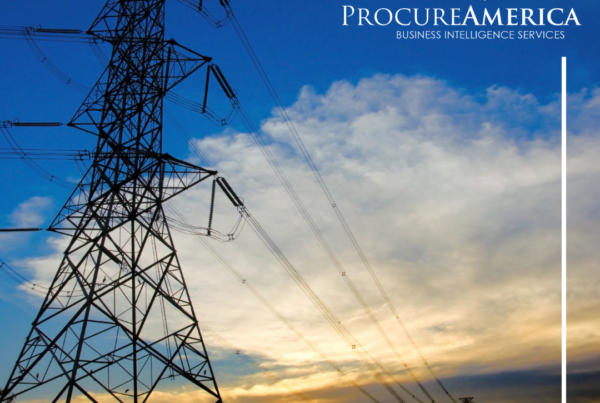Aaron Orlowski
December 25, 2015
In a coup for future rooftop solar customers and California’s booming solar industry, regulators Tuesday proposed
keeping largely intact the system that compensates homeowners for sending electricity back to utilities from their
panels.
The California Public Utilities Commission’s new “net metering” rules will apply to customers of California’s three
regulated utilities – including Southern California Edison and San Diego Gas and Electric – who install rooftop solar
panels, starting sometime in 2016 or 2017.
“The proposed decision essentially leaves (net metering) intact,” said Shannon O’Rourke, the CPUC’s lead analyst
in the proceeding.
The CPUC could vote to approve the proposed rules as soon as the commission’s Jan. 28 meeting.
Current solar customers are grandfathered in under the current system for 20 years after their solar panels are
connected to the grid.
New solar customers will fall under the new rules when their utility hits a cap on rooftop solar – 5 percent of total
generation – or July 2017, whichever comes first. The CPUC expects the three major California utilities to hit that
cap sometime next year.
There are a few changes in the way the utilities treat solar users.
The CPUC’s proposal would add a one-time interconnection fee to pay for the inspections and other costs of
plugging a new solar array into the grid. The commission estimates that fee would range from $75 to $150.
New solar customers would also pay more for programs that help low-income customers and bolster energy
efficiency. The CPUC estimates that fee would increase the average solar customer’s fee from roughly $5 per
month to $10.
The fees are reasonable, said Sachu Constantine, the policy director for the Center for Sustainable Energy, an
advocacy group. “As long as we keep cost containment in place, then we’ll be in good shape.”
Utilities disagreed, saying solar users needed to pay more. They say the costs of maintaining the grid are being
shouldered by a dwindling base of non-solar ratepayers.
San Diego Gas & Electric, which serves south Orange County, called the net metering program a “solar subsidy”
and criticized the proposed decision for not addressing “the growing cost burden among our customers.”
“People shouldn’t be penalized with higher electric bills just because they are unable to afford or accommodate
solar on their rooftops,” said SDG&E spokeswoman Amber Albrecht.
“This proposed decision continues this unfair burden,” said Edison Senior Vice President Ron Nichols.
For months, solar advocates had feared that the CPUC’s proposed decision might cripple California’s growing solar
industry if it lowered the rate at which customers are compensated for the extra electricity their solar panels
generate.
Instead, that aspect of net metering remains the same: a one-for- one, full retail compensation for electricity a
solar customer generates but doesn’t use. Essentially, a solar customer’s electric meter turns backwards when
they generate excess electricity.
However, the CPUC’s proposed decision would also shift residential solar customers to time-of- use rates slightly
quicker than non-solar customers.
Time-of- use charges customers different rates for electricity consumed at different times of the day, discouraging
heavy consumption at peak grid demand. Many commercial customers already have those rates, and the CPUC is
moving to put all residential customers on them by 2019.
Solar customers will have to sign up a bit earlier, in 2018. They will both be charged more for consuming electricity
at peak demand times, and get compensated more for exporting electricity to the grid at those times.
That requirement irked the solar industry. Lyndon Rive, CEO of Solar City, cautioned that time-of- use rates would
diminish the incentive to go solar.
http://www.ocregister.com/articles/solar-696233- customers-cpuc.html



